20 High-Volatility Stocks for the Market's Next Swing
Active or tactical investors and traders might want to lean into the market's volatility via high-quality, high-vol stocks.


If there's been one constant through the first few months of 2022, it's that volatility has come back with a vengeance. And yet as counterintuitive as it might sound, investors should think twice before dumping high-volatility stocks from their portfolios.
That's because all those high-vol stocks doing outsized damage to your returns in a down market are likely to be your biggest outperformers in an up market.
Indeed, if equities' mid-March pivot really does mark a new trend – one in which the major indexes manage to keep grinding higher – many of your worst market laggards should become your best market-beating leaders.
From just $107.88 $24.99 for Kiplinger Personal Finance
Become a smarter, better informed investor. Subscribe from just $107.88 $24.99, plus get up to 4 Special Issues

Sign up for Kiplinger’s Free Newsletters
Profit and prosper with the best of expert advice on investing, taxes, retirement, personal finance and more - straight to your e-mail.
Profit and prosper with the best of expert advice - straight to your e-mail.
Volatility Cuts Both Ways
Embracing high-volatility stocks is easier said than done. Gyrating asset prices are generally contraindicated for getting a decent night's sleep. (If anything, investors are often told to gobble up low-volatility stocks to maintain their sanity). Volatility is also a proxy for risk. It increases the odds of buying high and selling low.
But strategists say roller-coaster price action isn't going away anytime soon, which means investors must learn to live with it, at least for now.
Heightened volatility "is the name of the game," says David Rosenberg, chief economist and strategist at Rosenberg Research. And his peers, both bearish and bullish, pretty much agree.
For one thing, even if the uncertainty unleashed by the war in Ukraine were miraculously resolved overnight, the Federal Reserve's increasingly hawkish stance on inflation should continue to create waves.
"If markets survive Putin, they'll still have to deal with [Fed Chair Jerome] Powell," writes Richard Saperstein, chief investment officer at Treasury Partners, a New York City wealth manager with $9 billion in assets under management. "Even prior to Russia's invasion of Ukraine, there were growing risks to the investment backdrop that had already precipitated increased market volatility."
That said, volatility isn't the same thing as returns. Returns are what you get; volatility is how you get there.
One pernicious aspect of heightened volatility is that it feeds into investors' unfortunate tendency to focus on short-term market noise at the expense of longer-term signals.
Perhaps that's why 2022 thus far feels like a disaster, even if the tape shows it really has been nothing of the sort:
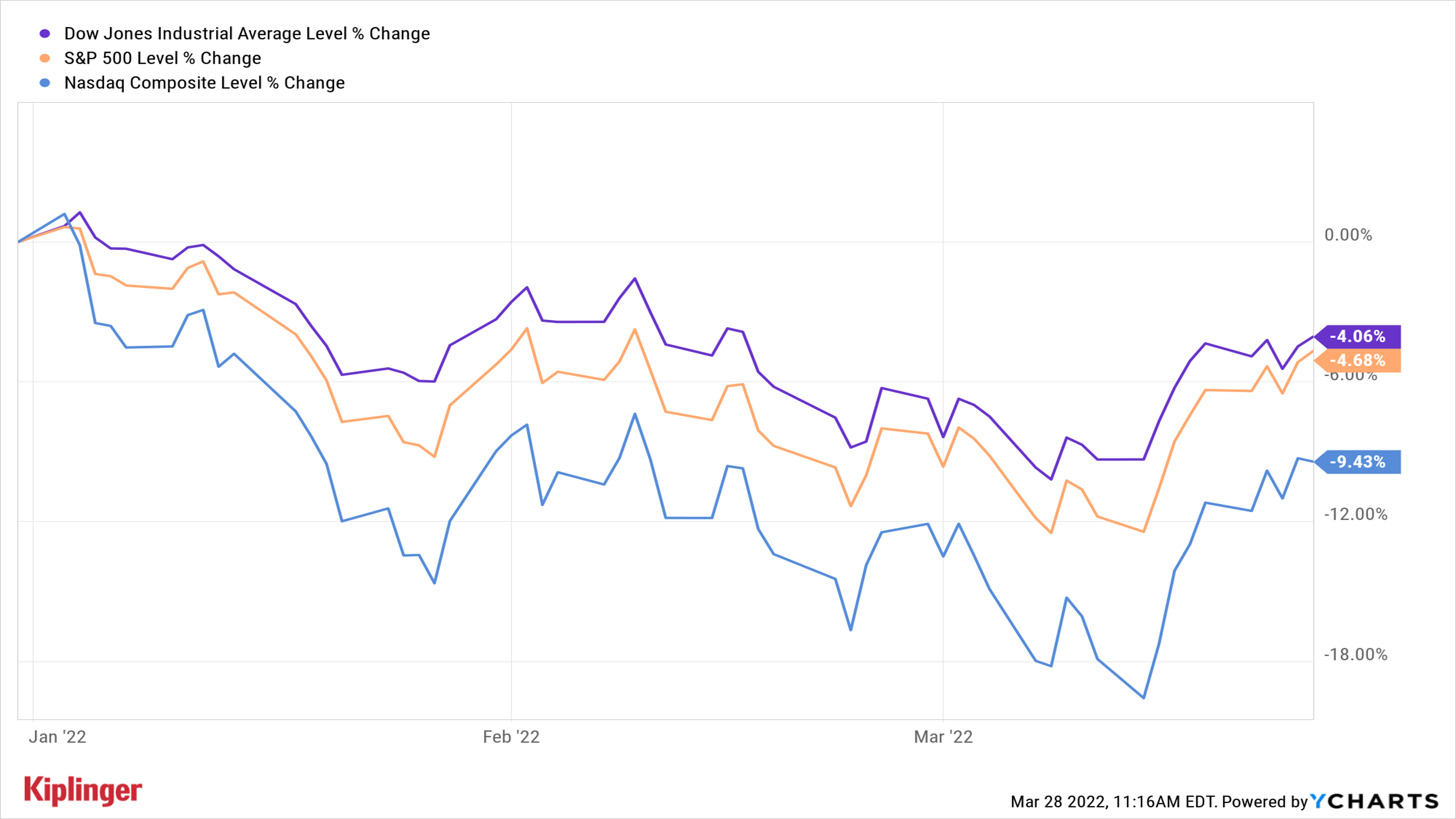
Through March 25, the Nasdaq Composite was off 9.4% for the year-to-date (and just barely in correction territory, or down 10.5%, from its Jan. 3 high). The S&P 500 and Dow Jones Industrial Average were down 4.7% and 4.7%, respectively.
To be sure, that's a bad start to any year. None of it has been fun. But we're hardly talking about a wipeout in equities here.
More importantly, markets have reversed trend since March 14 – the day the Fed announced the first of what is expected to be a series of interest rate hikes. Have a look at how the major indexes have performed since Powell pulled the Fed's trigger:

"The volatility that we've seen in markets since the start of the year has continued," says Michael Reinking, senior market strategist for the New York Stock Exchange. "It just cuts in the opposite direction."
High-Volatility Stocks for the Market's Next Swing
Past performance, as we all know ad nauseam, is not indicative of future returns. But if past is anything similar to prologue, investors should actually want more exposure to high-volatility stocks in an otherwise diversified portfolio.
Buy-and-hold investors probably shouldn't try this at home, but active or tactical investors and traders might want to try adding some quality, high-volatility stocks to their holdings.
To find the best stocks for the situation, we screened the S&P 500 for stocks with the highest betas. To oversimplify a bit, beta measures how a stock moves relative to the S&P 500. It's a volatility metric, and something of a proxy for risk.
The S&P 500 has a beta of 1.0. Any stock that trades with a beta greater than 1.0 can be said to be more volatile than the broader market. In practice, that means it tends to outperform the benchmark index when stocks are rising, and underperform it when stocks are going down. A stock with a beta of, say, 2.0 can kind of be thought of as twice as volatile as the S&P 500.
Be aware that beta is backward looking. It measures how a stock has traded relative to the S&P 500 in the past, commonly over a one-, two- or five-year period.
For that reason, we screened the S&P 500 for stocks with the highest one-year betas, or most volatile names of the recent past. We then narrowed down our list to high-volatility stocks with the strongest Buy recommendations from industry analysts.
Here's how that process works. S&P Global Market Intelligence surveys analysts' stock calls and scores them on a five-point scale, where 1.0 equals a Strong Buy and 5.0 is a Strong Sell. Any score equal to or below 2.5 means that analysts, on average, rate the stock at Buy. The closer a score gets to 1.0, the stronger the consensus Buy recommendation.
Have a look at the table below of the 20 S&P 500 stocks with the highest betas and strongest conviction Buy recommendations from Wall Street analysts. Among the highlights:
- Nvidia (NVDA, $276.92), with a beta of 2.4, has been far more volatile than the broader market over the past 52 weeks. Little wonder there: The semiconductor stock is emblematic of the way investors ditched last year's pricey growth darlings in favor of value names in 2022. NVDA outperformed the S&P 500 by a wide margin last year, but then seriously lagged the index for much of 2022. At its nadir, NVDA was off nearly 28% for the year-to-date as of March 14. It has since come roaring back to close its gap with the S&P 500, and now trails by only about a single percentage point. Analysts give the stock a consensus recommendation of Buy, with high conviction.
- Etsy (ETSY, $132.32) has traded as high as $307.75 over the past 52 weeks and as low as $109.38. Shares are down by more than a third for the year-to-date, but analysts say they're set to reverse trend and deliver market-beating returns. The global e-commerce platform for jewelry, apparel, home décor and other crafts supplies get a consensus recommendation of Buy, with high conviction. "As the leader in the niche market of artisanal goods, we believe Etsy has carved out a favorable competitive position with formidable barriers," writes Stifel analyst Scott W. Devitt (Buy). "The company is exiting a transition period where operations were streamlined, resources refocused and a number of initiatives implemented to reinvigorate growth."
- KLA Corp. (KLAC, $366.44), like any company connected with the semiconductor industry, has been whipsawed around by the global chip shortage, supply chain snafus and geopolitical uncertainty. But KLAC continues to build on its industry-leading market share in process control and metrology, says Argus Research analyst Jim Kelleher (Buy). "With demand strengthening and now exceeding pre-pandemic production levels in many markets, KLAC shares appear attractive at current levels," the analyst writes. The Street largely concurs, giving KLAC a consensus recommendation of Buy, with strong conviction. Indeed, analysts forecast the company to generate average annual earnings per share growth of 16% over the next three to five years. KLAC might offer investors a bumpy ride, but the potential for outperformance can't be denied, bulls say.
Here's the full list of high-volatility stocks:
| Company Name | Ticker | One-Year Beta | Average Broker Recommendation |
|---|---|---|---|
| Nvidia | NVDA | 2.43 | 1.62 |
| Etsy | ETSY | 2.36 | 1.63 |
| Align Technology | ALGN | 2.18 | 1.73 |
| KLA Corp. | KLAC | 2.06 | 1.79 |
| Teradyne | TER | 1.95 | 1.70 |
| DexCom | DXCM | 1.89 | 1.40 |
| Bath & Body Works | BBWI | 1.76 | 1.48 |
| ServiceNow | NOW | 1.75 | 1.40 |
| Adobe | ADBE | 1.72 | 1.63 |
| Caesars Entertainment | CZR | 1.66 | 1.29 |
| PayPal Holdings | PYPL | 1.65 | 1.75 |
| Monolithic Power Systems | MPWR | 1.58 | 1.31 |
| Bio-Techne | TECH | 1.57 | 1.64 |
| Meta Platforms | FB | 1.56 | 1.66 |
| Micron Technology | MU | 1.56 | 1.51 |
| D.R. Horton | DHI | 1.56 | 1.67 |
| Synopsys | SNPS | 1.52 | 1.57 |
| Intuit | INTU | 1.49 | 1.57 |
| Salesforce.com | CRM | 1.47 | 1.50 |
Profit and prosper with the best of Kiplinger's advice on investing, taxes, retirement, personal finance and much more. Delivered daily. Enter your email in the box and click Sign Me Up.

Dan Burrows is Kiplinger's senior investing writer, having joined the publication full time in 2016.
A long-time financial journalist, Dan is a veteran of MarketWatch, CBS MoneyWatch, SmartMoney, InvestorPlace, DailyFinance and other tier 1 national publications. He has written for The Wall Street Journal, Bloomberg and Consumer Reports and his stories have appeared in the New York Daily News, the San Jose Mercury News and Investor's Business Daily, among many other outlets. As a senior writer at AOL's DailyFinance, Dan reported market news from the floor of the New York Stock Exchange.
Once upon a time – before his days as a financial reporter and assistant financial editor at legendary fashion trade paper Women's Wear Daily – Dan worked for Spy magazine, scribbled away at Time Inc. and contributed to Maxim magazine back when lad mags were a thing. He's also written for Esquire magazine's Dubious Achievements Awards.
In his current role at Kiplinger, Dan writes about markets and macroeconomics.
Dan holds a bachelor's degree from Oberlin College and a master's degree from Columbia University.
Disclosure: Dan does not trade individual stocks or securities. He is eternally long the U.S equity market, primarily through tax-advantaged accounts.
-
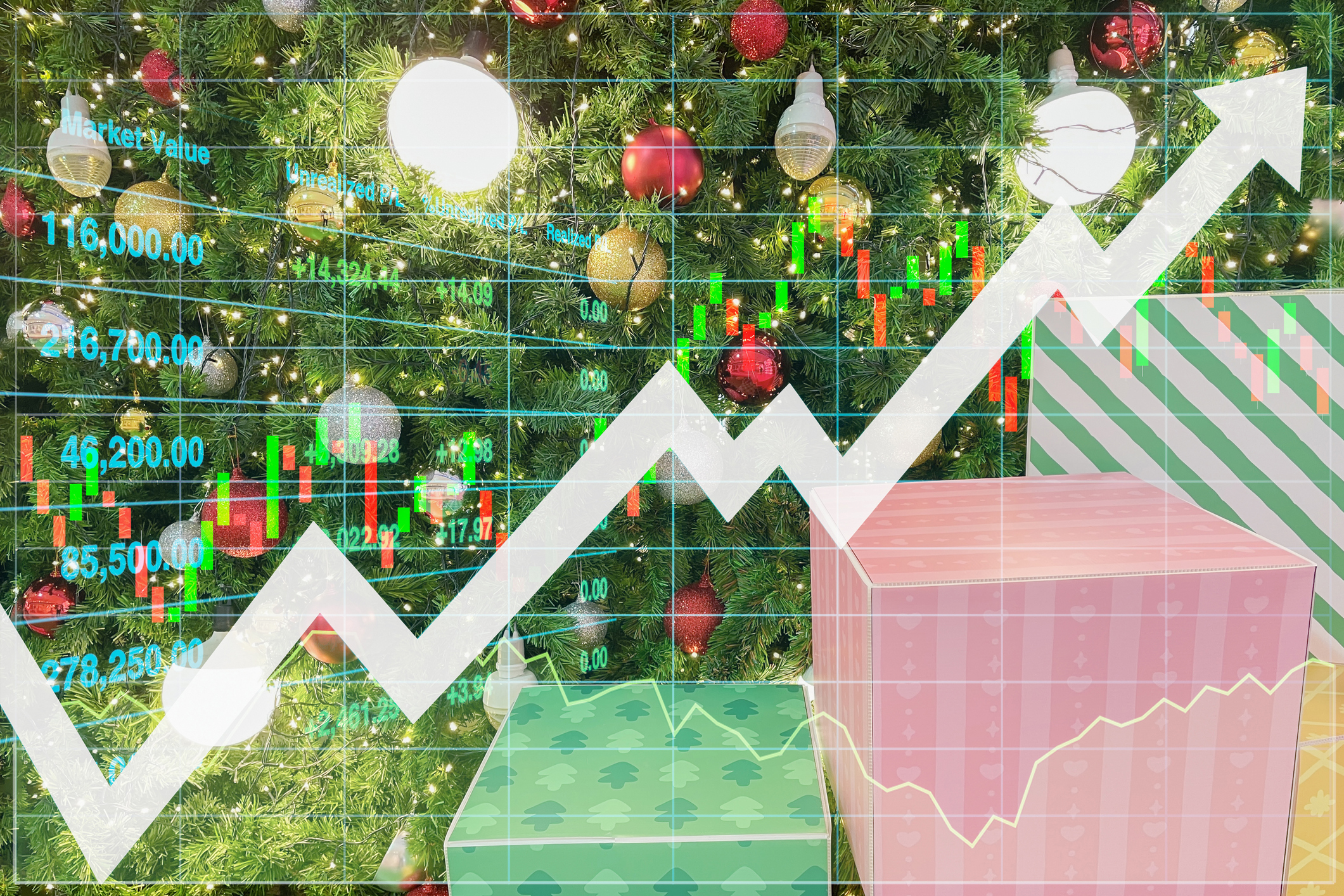 It's Beginning to Look a Lot Like a Santa Rally: Stock Market Today
It's Beginning to Look a Lot Like a Santa Rally: Stock Market TodayInvestors, traders and speculators are beginning to like the looks of a potential year-end rally.
-
 The 2026 Retirement Catch-Up Curveball: What High Earners Over 50 Need to Know Now
The 2026 Retirement Catch-Up Curveball: What High Earners Over 50 Need to Know NowUnlock the secrets of the 2026 retirement catch-up provisions: A must-read for high earners aged 50 and above.
-
 How Much a $100K Jumbo CD Earns You
How Much a $100K Jumbo CD Earns YouYou might be surprised at how fast a jumbo CD helps you reach your goals.
-
 Stocks Rise to the Spirit of the Season: Stock Market Today
Stocks Rise to the Spirit of the Season: Stock Market TodayInvestors, traders and speculators are beginning to like the looks of a potential year-end rally.
-
 Cooler Inflation Supports a Relief Rally: Stock Market Today
Cooler Inflation Supports a Relief Rally: Stock Market TodayInvestors, traders and speculators welcome much-better-than-hoped-for core CPI data on top of optimism-renewing AI earnings.
-
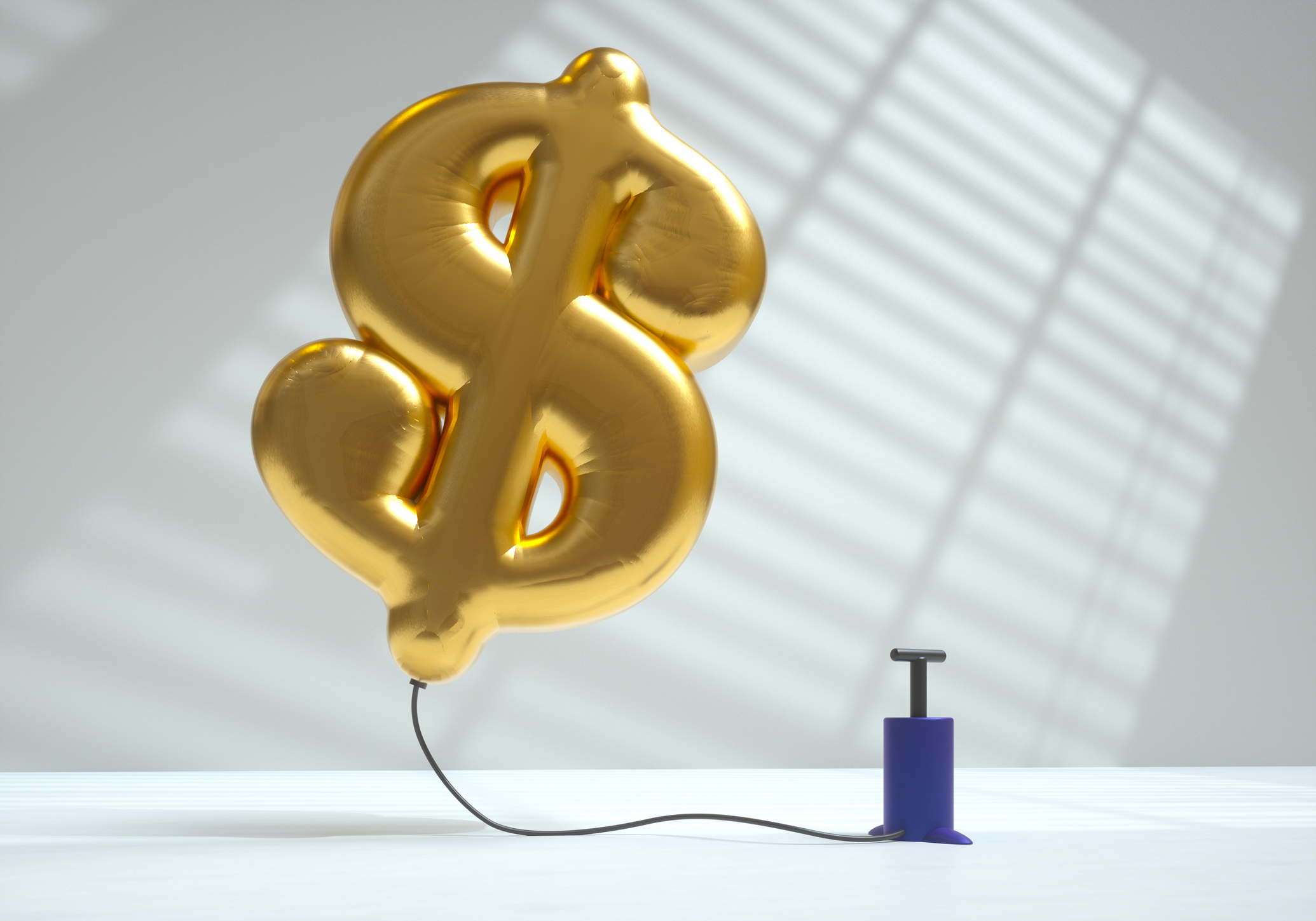 The November CPI Report Is Out. Here's What It Means for Rising Prices
The November CPI Report Is Out. Here's What It Means for Rising PricesThe November CPI report came in lighter than expected, but the delayed data give an incomplete picture of inflation, say economists.
-
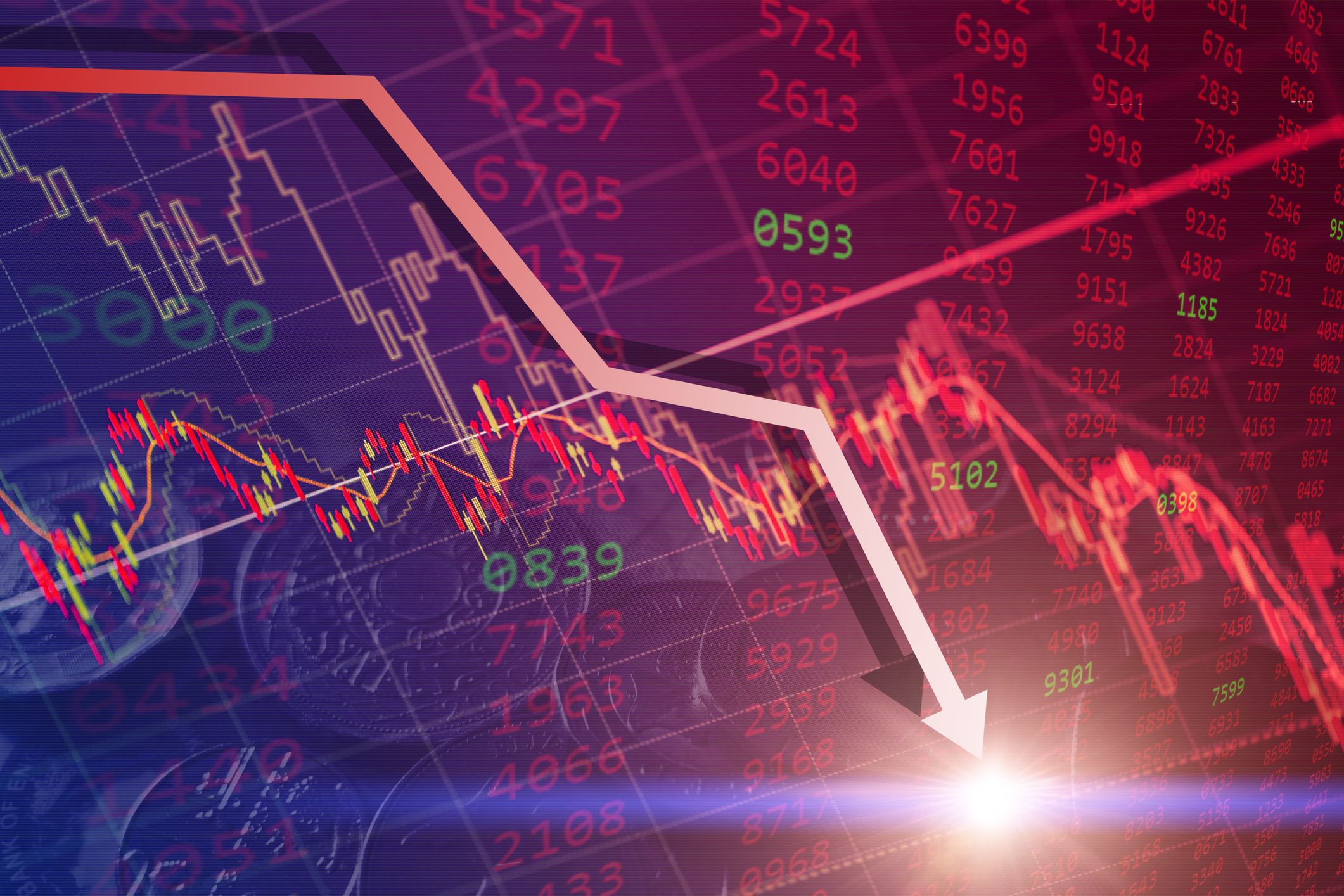 Nasdaq Sinks 418 Points as Tech Chills: Stock Market Today
Nasdaq Sinks 418 Points as Tech Chills: Stock Market TodayInvestors, traders and speculators are growing cooler to the AI revolution as winter approaches.
-
 The Delayed November Jobs Report Is Out. Here's What It Means for the Fed and Rate Cuts
The Delayed November Jobs Report Is Out. Here's What It Means for the Fed and Rate CutsThe November jobs report came in higher than expected, although it still shows plenty of signs of weakness in the labor market.
-
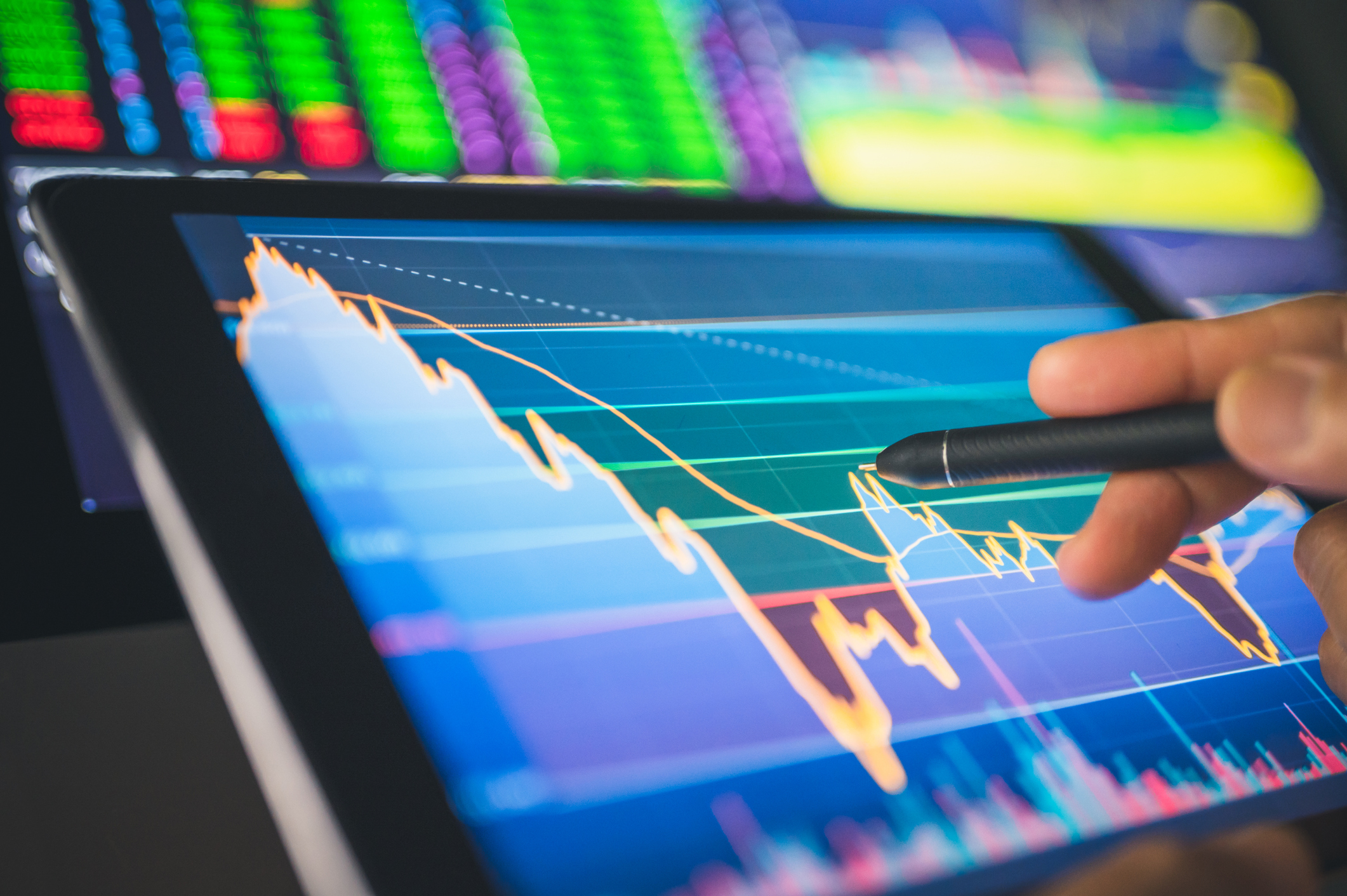 Stocks Struggle Ahead of November Jobs Report: Stock Market Today
Stocks Struggle Ahead of November Jobs Report: Stock Market TodayOracle and Broadcom continued to fall, while market participants looked ahead to Tuesday's jobs report.
-
 AI Stocks Lead Nasdaq's 398-Point Nosedive: Stock Market Today
AI Stocks Lead Nasdaq's 398-Point Nosedive: Stock Market TodayThe major stock market indexes do not yet reflect the bullish tendencies of sector rotation and broadening participation.
-
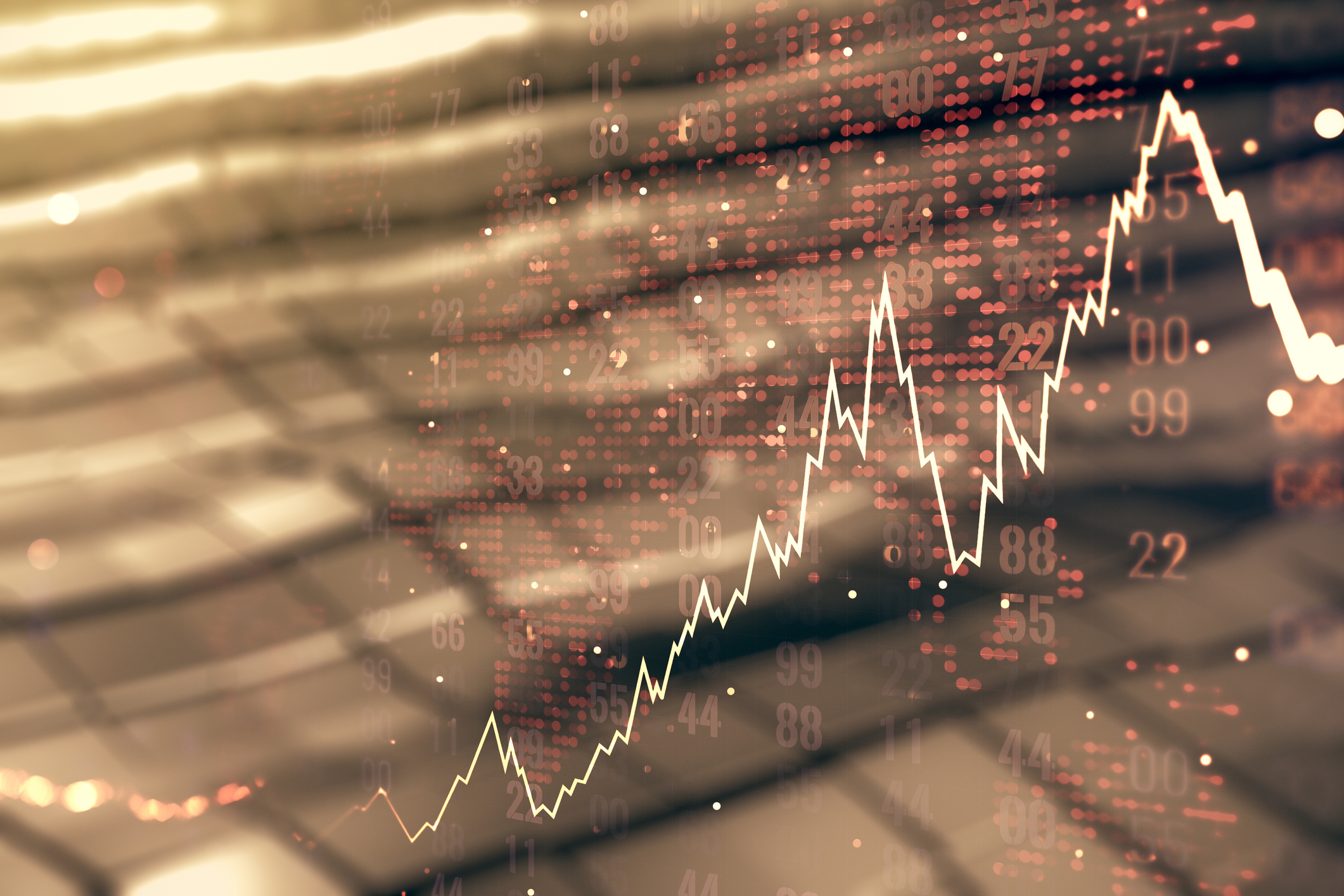 Dow Adds 646 Points, Hits New Highs: Stock Market Today
Dow Adds 646 Points, Hits New Highs: Stock Market TodayIt was "boom" for the Dow but "bust" for the Nasdaq following a December Fed meeting that was less hawkish than expected.